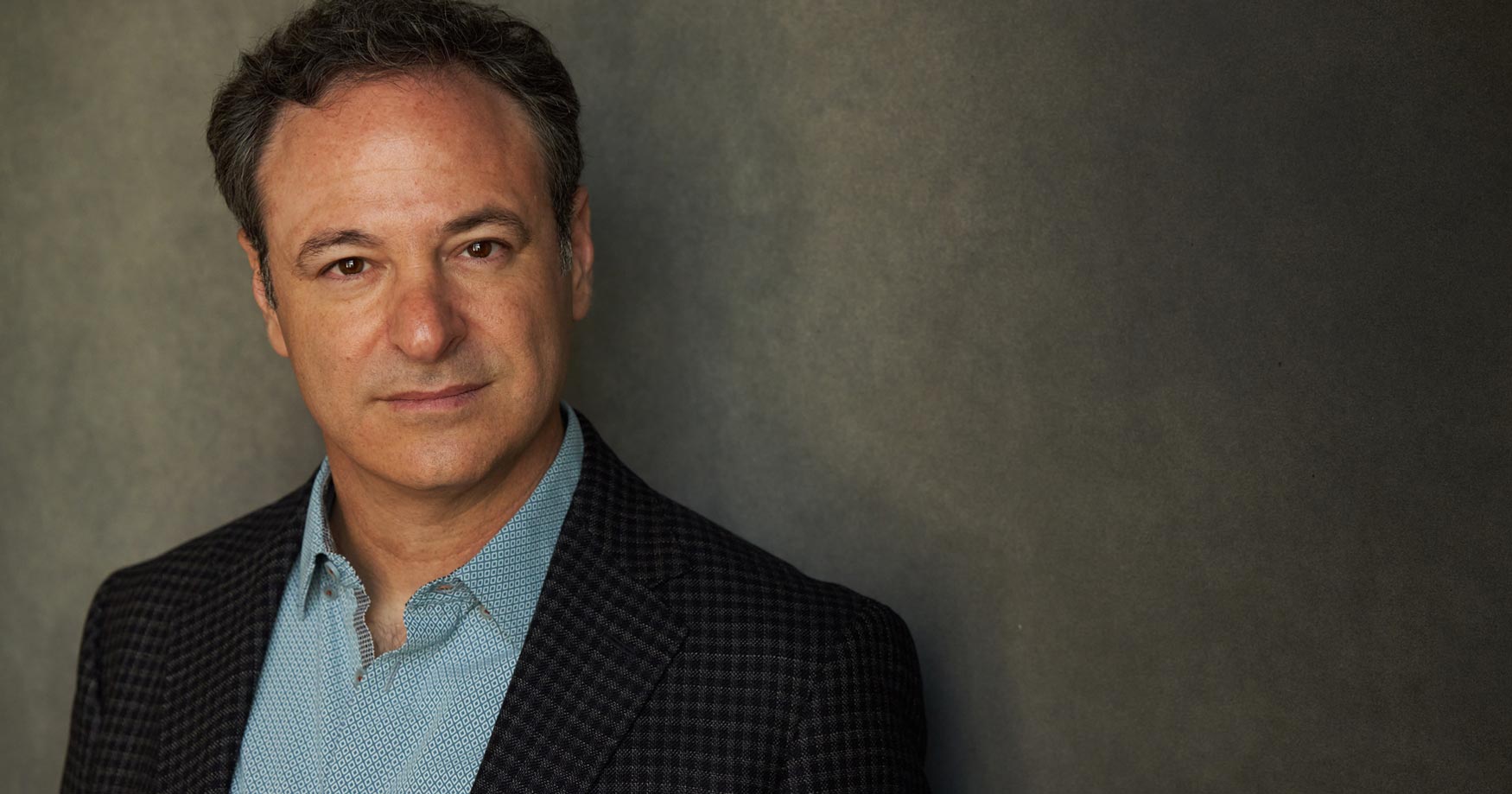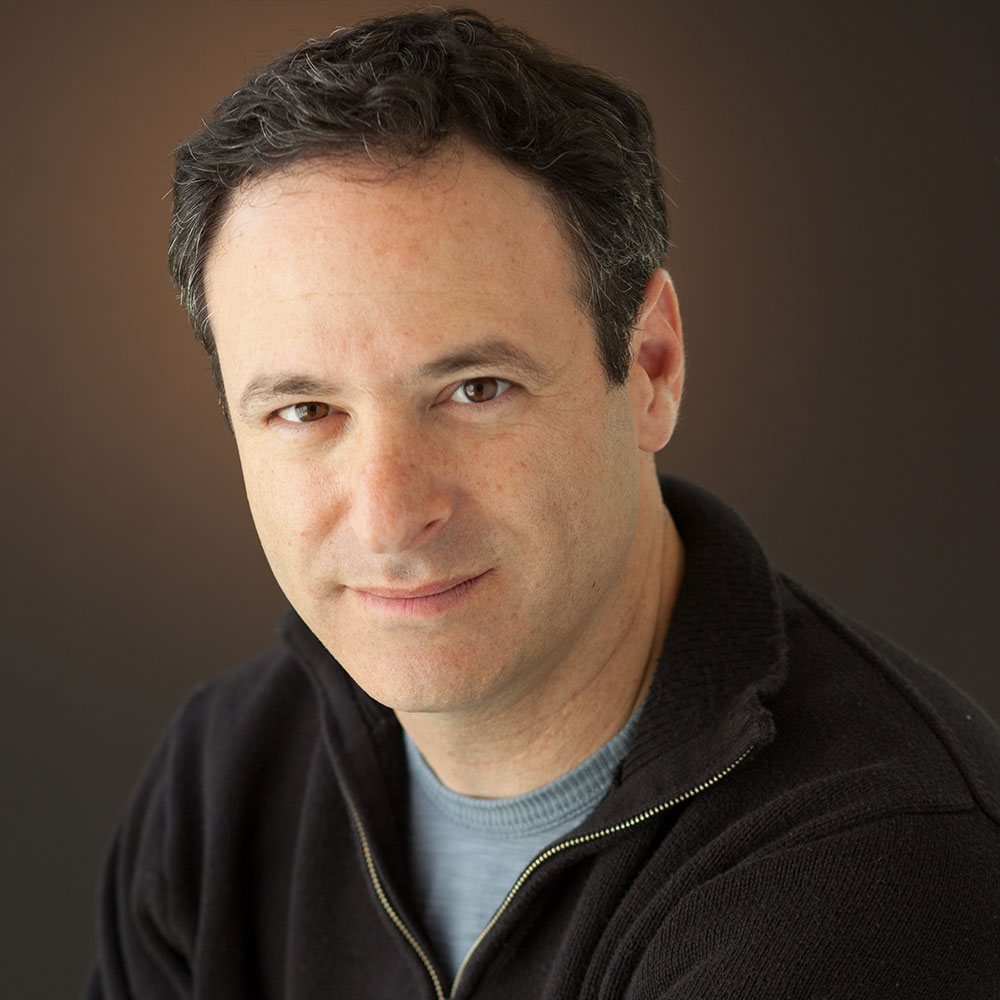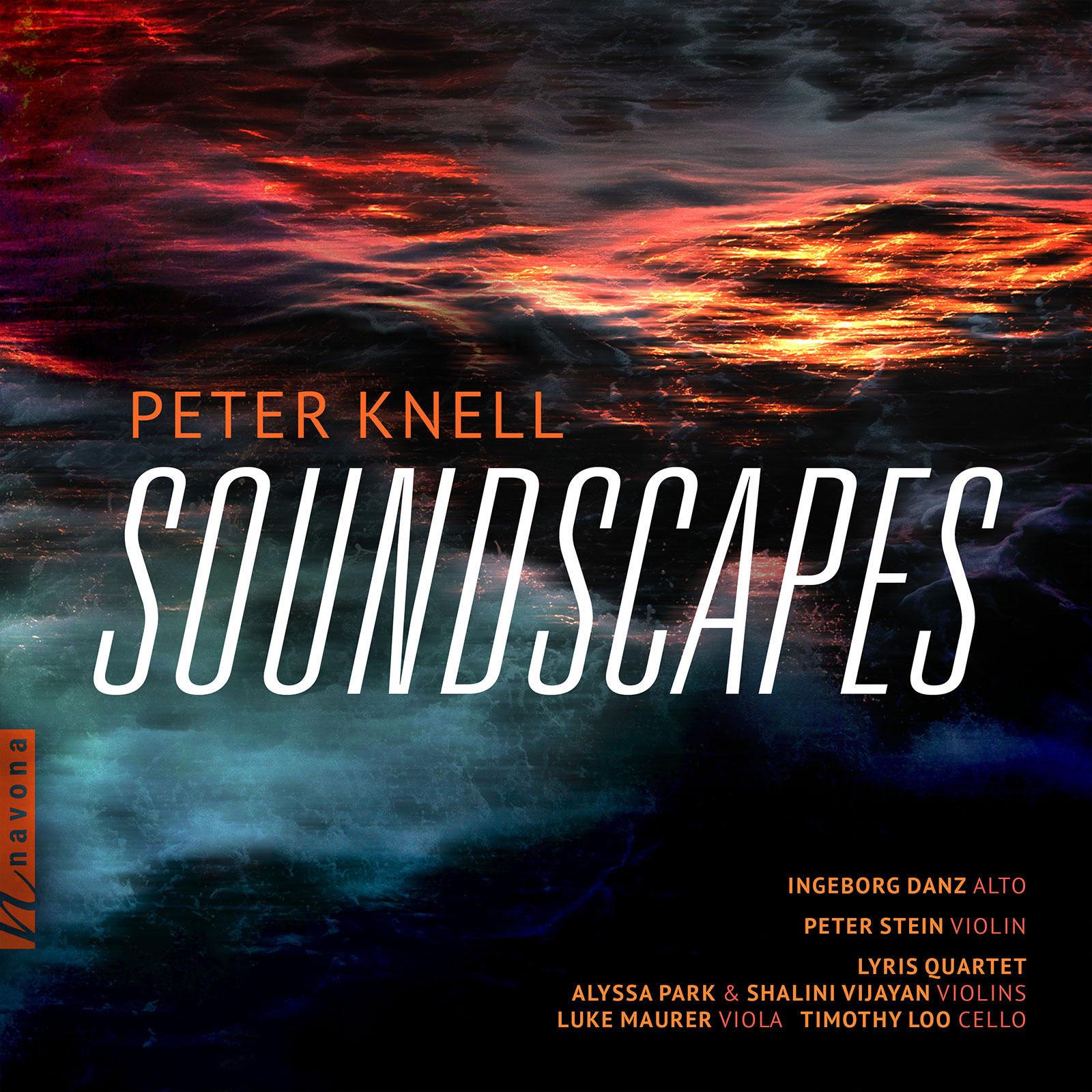
Award winning composer Peter Knell offers a deep dive into a number of his inspirations and formative experiences through a variety of orchestrations in SOUNDSCAPES from Navona Records. Expressed through solo violin, violin and vocal duo, and string quartet, Knell’s work encompasses the poetry of Pablo Neruda, the art of Rolf Stein, landscapes of his youth, and more.
Today, Peter is our featured artist in “The Inside Story,” a blog series exploring the inner workings and personalities of our composers and performers. Read on to learn about the bands that first inspired him, and which Brahms piece solidified his love for classical music…
Who was your first favorite artist(s) growing up?
Growing up, I was raised on 1980s rock-and-roll and new wave music. The first band I remember being “into,” around sixth grade, was the Go-Gos. And I remember the Sparks, B-52s, Duran Duran, Flock of Seagulls, etc. Then I moved further into rock with U-2, Journey, Peter Gabriel, Genesis, etc. All definitely a long way from where I have come musically since.
When did you realize that you wanted to be an artist?
I played electric bass and keyboards in a rock band in high school and wrote music for the band. In the spring of my senior year, I decided that, since I might study music in college, I should learn an orchestral instrument. I selected the double bass, as it would allow me to play in the orchestra and in a jazz band. I auditioned for the orchestra, having played for 6 months, and miraculously was accepted. Our first concert featured Brahms’ Fourth Symphony, and it blew my mind. I had never experienced such powerful, complex, and expressive music from the inside. I decided then and there to immerse myself in classical music, and here I am.
What is your guilty pleasure?
Dessert. I really have a terrible sweet tooth, a failing that I share with my daughter. Especially for dark chocolate…
If you could instantly have expertise performing one instrument, what instrument would that be?
Cello. While I have composed the most music for violin (and adore that instrument), the cello is for me the most exquisite instrument. Its incredible range in all senses (pitch, dynamic, timbre, etc.) make it the most versatile and most expressive of instruments. It also enjoys a vast and deep repertoire of music, especially chamber music, that is the core of what I value as a musician.
What was your favorite musical moment on the album?
It is hard to choose a single moment, as the album features so many of my best pieces. I will indulge myself by choosing two. The first is about ¾ of the way through “un rio” (Track 5), the fifth and final song of Canciones de Agua. The singer sings “…this small river, / small and clumsy as a metallic fish / shedding scales as it passes, / drops of assaulted silver…” and the violin brings those words to life by playing muted (which is often described as a “silvery” tone), shrinking its range and activity to capture the diminutive river, and tossing off rapid little scales (a delicious musical pun). My other favorite moment is the opening minute of String Quartet No. 2 (Three California Landscapes). The first movement also depicts a river, in this case the Kern River in the Sierra Nevada mountains, which was the site of a whitewater kayaking trip I took with my high school. The opening captures the energy of the river, the eddies, and currents of the rapids. The violins interlace in rapid figures while the viola and cello create swells then join in the rapid figures, creating a series of shifting patterns.
What does this album mean to you personally?
This album presents my three strongest works up to this point (excluding the opera I am currently composing). Canciones de Agua was composed for my dear friends Ingeborg Danz and Peter Stein and is a setting of five poems by Pablo Neruda that all feature water images. In it, I feel that I transformed the poetry into music while writing a work in which the singer and violinist stand as equal participants. And my violin writing achieved new heights of intricacy, virtuosity, and variety. String Quartet No 2 (Three California Landscapes) is similarly a pinnacle work for me, fully realizing the potential of the string quartet in a very personal way. The quartet is treated as a unit, often blending into a single instrument that spins elaborate textures or separating into individual voices. Seven Last Words is likewise a special work for me. Composed for Peter Stein to accompany paintings by his father, the painter Rolf Stein, it is deeply internal, often distilling down to a single note or line or even using silence as a part of the musical fabric. It pares the music down to its essence and lets that simplicity speak.
Explore Peter’s Latest Release
SOUNDSCAPES
SOUNDSCAPES is available now from Navona Records. Click here to visit the catalog page and explore this album.

Praised as “gratefully idiomatic” (Los Angeles Times) and for its “subtle virtuosity” (MusicWeb International), Peter Knell’s music is meticulously crafted for instruments and voices. He is deeply invested in musical structure as a crucible to intensify the affective experience. Knell’s music has received numerous national and international awards and has been commissioned by the Fromm Music Foundation, Ying Quartet, Winnipeg Symphony Orchestra, Barlow Endowment, and Lyris Quartet.

